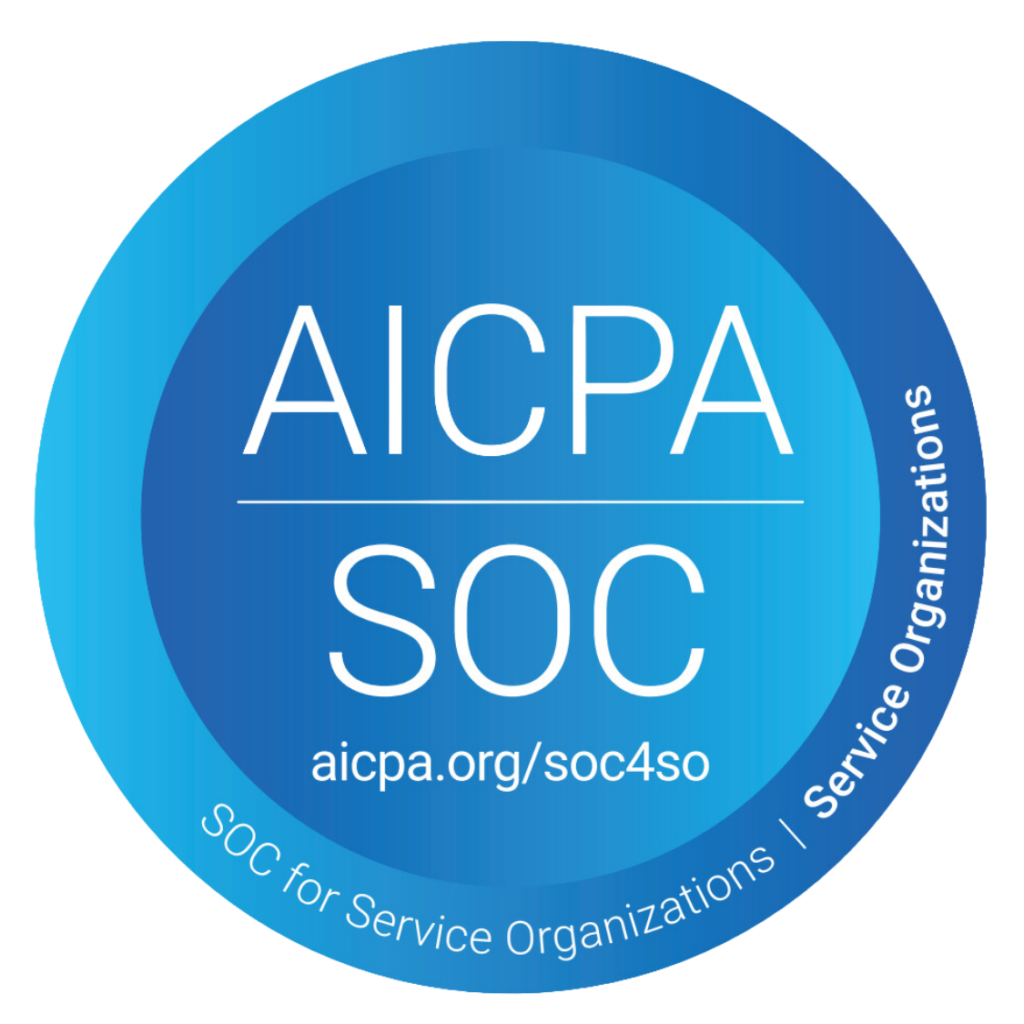The intersection of High-Deductible Health Plans (HDHPs) and effective pharmacy benefits has become a focal point for self-funded employers and Pharmacy Benefit Manager (PBM) consultants alike. This strategic marriage aims to strike a balance between cost containment and ensuring quality care for employees. Understanding the nuances and trade-offs between HDHPs and traditional PPO plans in the realm of pharmacy benefits is crucial for making informed decisions that benefit both employers and employees.
Understanding HDHPs and Their Pharmacy Benefit Dynamics
High Deductible Health Plans (HDHPs) operate on the principle of cost-sharing, requiring individuals to shoulder a substantial portion of their healthcare expenses before insurance coverage initiates. This model implies that until the deductible is met, individuals must pay the full cost of medical services, including prescription medications, directly from their pockets.
In the context of HDHPs, pharmacy benefits amplify this cost-sharing approach, placing a heavier financial burden on employees seeking prescription medications. The higher deductibles translate to increased medication expenses, often necessitating individuals to cover the retail price until they cross the deductible threshold.
Typically, employees with a high utilization of medications tend to bypass HDHPs in favor of PPO plans. The reason being, HDHPs could entail bearing the full brunt of medication expenses until the deductible is met, posing a significant financial challenge for those reliant on ongoing or high-cost prescriptions.
Furthermore, the design of these benefits varies among different groups, with copay and cost-share percentages tailored to align with the financial goals of the employer. The specific benefit design influences how much individuals are required to pay out of pocket before insurance coverage starts.
For instance, an individual in need of a costly specialty medication might find themselves shouldering the entire expense until their deductible is fulfilled. This circumstance poses a challenge for individuals reliant on ongoing prescriptions or high-cost medications, potentially causing financial strain before insurance coverage takes effect.
The escalated out-of-pocket expenses tied to prescription medications in HDHPs raise concerns about medication adherence and access to essential treatments. The financial burden might dissuade some individuals, impacting their adherence to medication schedules and potentially compromising their health outcomes.
Therefore, while HDHPs offer cost-sharing benefits, individuals with a high need for medications often opt for PPO plans due to the potential financial strain posed by HDHPs. Moreover, the specifics of copays and cost-shares in these plans vary per employer’s financial objectives, significantly impacting how these benefits are accessed and utilized by employees.
Bridging the Gap Through Carefully Designed Pharmacy Benefit Plans
Navigating this landscape requires a careful evaluation of the trade-offs between cost savings and ensuring access to essential medications. Employers and PBM consultants must strategize and collaborate to design pharmacy benefit plans that balance the financial impact on employees while aligning with the cost-saving objectives of HDHPs.
Employers have the flexibility to customize copay and cost-share percentages within HDHPs based on their financial goals and the structure of the benefits they offer. When it comes to pharmacy benefits within HDHPs, here’s how employers might tailor copays and cost-share percentages:
1. Financial Objectives of the Employer:
- Cost Control: Employers may aim to manage healthcare costs by setting higher copays or increasing the percentage individuals must bear until the deductible is met. This approach shifts more financial responsibility onto employees, potentially reducing the employer’s financial burden.
- Employee Retention and Attraction: Some employers might prioritize attracting and retaining talent by designing HDHPs with lower copays or more favorable cost-sharing percentages. This can make the plan more appealing to employees, especially those with high medication needs.
2. Benefit Design in HDHPs:
- Tiered Copay Structure: Employers can create tiered copay structures for prescription medications within HDHPs. For instance, generic drugs might have a lower copay compared to brand-name or specialty medications, encouraging cost-effective choices.
- Coinsurance and Deductibles: Employers might set coinsurance rates that dictate the percentage of medication costs employees must cover until they reach the deductible. After the deductible is met, the coinsurance percentage could shift, reducing the amount the employee pays while the insurance covers a larger share.
- Health Savings Accounts (HSAs) or Health Reimbursement Arrangements (HRAs): Employers offering HDHPs often pair them with HSAs or HRAs. Contributions to these accounts can help offset out-of-pocket expenses, providing a financial cushion for employees to manage medication costs until the deductible is met.
3. Employee Education and Wellness Programs:
Employers might implement educational initiatives to help employees understand how copays, deductibles, and coinsurance work within the HDHP. Wellness programs can encourage healthy behaviors, potentially reducing the need for certain medications and consequently lowering overall healthcare costs for both the employer and employees.
4. Collaboration with PBMs:
Employers may collaborate with PBMs to structure the benefit in a way that best suites the employer’s organizational goals and needs.
The Pros and Cons of HDHPs vs. Typical PPO Plans for High Pharmacy Utilizers
For individuals with chronic conditions or high prescription medication needs, the choice between HDHPs and traditional PPO plans becomes more critical. Let’s explore the pros and cons:
Pros of HDHPs:
- Lower Monthly Employee Premiums: One of the primary draws of HDHPs is their lower monthly premiums compared to traditional health insurance plans like Preferred Provider Organization (PPO) plans. These lower monthly employee premiums would translate to immediate cost savings for employees that had formerly used a PPO plan. Lower monthly premiums mean more take-home pay. This financial relief can be substantial, especially for those who might be on tight budgets or have other financial responsibilities. It offers an opportunity to allocate saved funds toward other essential expenses or savings.
- Health Savings Accounts (HSAs): A significant advantage linked with HDHPs is the opportunity to pair them with HSAs. HSAs are tax-advantaged savings accounts that allow individuals to set aside pre-tax dollars to cover qualified medical expenses. HSAs offer several benefits:
- Pre-Tax Contributions: Contributions made to HSAs are tax-deductible, reducing an individual’s taxable income. This presents a valuable opportunity for employees to save on taxes while planning for healthcare expenses.
- Potential Long-Term Savings: Unlike Flexible Spending Accounts (FSAs), the funds in an HSA roll over from year to year. This feature allows individuals to accumulate savings over time, potentially building a reserve for future medical needs or retirement healthcare expenses.
- The pairing of HDHPs with HSAs empowers individuals to take more control over their healthcare expenses. They encourage a proactive approach to healthcare planning and financial management by incentivizing savings for current and future medical costs while leveraging tax advantages.
Cons of HDHPs:
- Higher Deductibles: The hallmark of High-Deductible Health Plans (HDHPs) lies in their higher deductibles, which often translate to increased out-of-pocket expenses for individuals until they meet the deductible threshold. This aspect poses a significant challenge, particularly regarding prescription medications. Until the deductible is met, individuals may face substantial costs for their medications, paying the retail price or a significant portion of it. For those reliant on ongoing or high-cost medications, this can lead to financial strain and potentially impact medication adherence.
- Cost Burden for High Pharmacy Utilizers: Employees with chronic conditions or high medication needs may find themselves disproportionately burdened by the expenses associated with HDHPs. For individuals requiring costly prescriptions or specialty medications, the requirement to cover the full expense until the deductible is reached can be financially challenging. This situation might deter some individuals from seeking or continuing their necessary treatments, potentially compromising their health outcomes.
PPO Plans:
- Potential Lower Copays: Compared to HDHPs, Preferred Provider Organization (PPO) plans typically offer lower deductibles and copayments for medications. This feature provides immediate relief for individuals needing prescription medications, as they are not required to pay the full retail price before insurance coverage begins. Lower out-of-pocket costs under PPO plans ensure that employees have more manageable expenses for their medications from the outset, reducing the financial burden compared to HDHPs.
- Predictable Costs: PPO plans also offer a level of predictability in healthcare expenses, especially concerning medication costs. With fixed copayments for prescriptions, employees can accurately anticipate their medication expenses each time they refill their prescriptions. This predictability allows for better financial planning and budgeting, providing peace of mind for individuals and reducing the uncertainty associated with healthcare expenses.
However, the trade-off for these benefits is the higher premiums typically associated with PPO plans. The lower out-of-pocket costs and predictable expenses come at the cost of increased monthly premiums for the employee.
Balancing Cost Savings with Quality Care
The quest for balancing cost containment without compromising quality care drives the need for innovative solutions. One such solution is the integration of HDHPs with robust pharmacy benefit strategies. PBMs should play a pivotal role in encouraging lower cost substitutions, and implementing cost-effective formularies. Here’s how they might collaborate:
- Plan Design Customization: Employers can work with PBMs to customize pharmacy benefit plans specifically suited for the employer’s specific goals and needs. This involves determining the specific member portion per formulary tier. This should incentivize the use of cost-effective generic drugs over brand-name medications.
- Encouraging Generic Substitutions: Employers, with the support of PBMs, can promote the use of generic medications whenever possible. This might involve educating employees about the effectiveness and cost advantages of generics compared to brand-name drugs and should also include potential tiered formulary options for non-preferred generics or lower cost generic to generic equally effective medications.
- Data Analysis and Monitoring: PBMs can provide analytical insights to employers regarding medication utilization patterns, costs, and trends. This data enables employers to make informed decisions about adjusting benefit plans to optimize cost savings without sacrificing care quality.
- Employee Education and Support: Employers, alongside PBMs, can offer educational resources and support to employees. This includes explaining plan structures, encouraging proactive healthcare management, and aiding in navigating prescription options to maximize savings.
- Regular Review and Adaptation: Employers and PBMs should regularly review plan performance and market dynamics. This ongoing assessment helps in refining pharmacy benefits to ensure they remain aligned with cost-saving objectives while meeting employees’ healthcare needs.
MaxCare: Minimizing Costs through MaxProtect
In this pursuit of equilibrium, MaxCare stands as a frontrunner, assisting in minimizing, and oftentimes eliminating, costs for high-cost medications through our innovative coupon program, MaxProtect.
Our MaxProtect Specialty Assistance Program aids employees in accessing necessary specialty medications while reducing plan and member costs. Through verifying eligibility and enrolling patients in manufacturer assistance programs, we ensure ongoing support. This results in a 30% average reduction in specialty plan costs and most times eliminating costs to the member. By leveraging this program, members can access savings on high-cost medications, alleviating the financial strain associated with expensive prescriptions. MaxProtect acts as a bridge between the cost-saving potential of HDHPs and the necessity of quality care for employees.
Conclusion
Comprehending the implications of HDHPs on pharmacy benefits underscores the need for a nuanced approach—one that prioritizes cost containment without compromising the quality and accessibility of essential medications for employees. Collaboration between PBMs, employers, and consultants becomes pivotal in sculpting pharmacy benefit strategies that harmonize with the cost-saving structures of HDHPs, ensuring a balanced and effective healthcare approach for all stakeholders involved.
Employers wield significant influence in designing HDHPs and their pharmacy benefit dynamics. Their decisions about copays, cost-sharing, and benefit structures not only impact the financial experience of employees but also play a crucial role in achieving the employer’s financial goals while offering competitive and sustainable healthcare coverage.
Understanding the trade-offs between HDHPs and PPO plans, especially for high pharmacy utilizers, is imperative. Collaborating with PBMs like MaxCare to design tailored pharmacy benefit strategies can ensure that cost containment doesn’t compromise the quality of care. Through initiatives like MaxProtect and MaxChoice, MaxCare exemplifies its commitment to mitigating costs and facilitating access to vital medications, fostering a harmonious blend of affordability and quality care.



